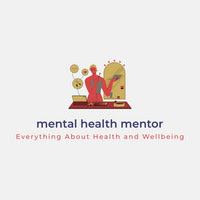According to recent reports, America is facing a mental health crisis that has been exacerbated by the COVID-19 pandemic. Mental illness is usually chronic or relapsing, and it decimates young people.
There are three distinct crises: the youth mental health crisis, the crisis around serious mental illnesses, and the ongoing substance use disorder or addiction crisis which has a negative effect.
The pandemic really affected the public's mental health and well-being in various ways, including through isolation and loneliness, job loss and financial instability, and illness and grief. Over the course of the pandemic, many adults reported symptoms consistent with anxiety and depression.
The statistics are alarming: 1 in 5 U.S. adults experience mental illness each year, 1 in 20 U.S. adults experience serious mental illness each year, and 1 in 6 U.S. youth aged 6-17 experience a mental health disorder each year. Suicide is the second-leading cause of death among people aged 10-14.
The pandemic has also affected the mental health of young adults, women, and communities of color. Despite the challenges, there are ways to get help. Treatment for mental illnesses usually consists of therapy, medication, or a combination of the two.
Treatment can be given in person or through a phone or computer. There are also resources available for immediate crisis counseling, and clinical trials that look at new ways to prevent, detect, or treat mental illnesses.
Clearly, America faces a dire mental health crisis. Causes include lack of access, insurance barriers, stigma around seeking help, and lack of funding. To confront this epidemic, we must keep advocating to #BreakTheStigma, expand healthcare coverage, increase providers, and dedicate research into new treatments and therapeutics. The first step? Shining light on the silent suffering through facts like these.




0 Comments